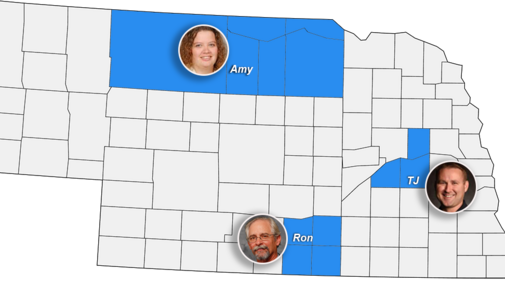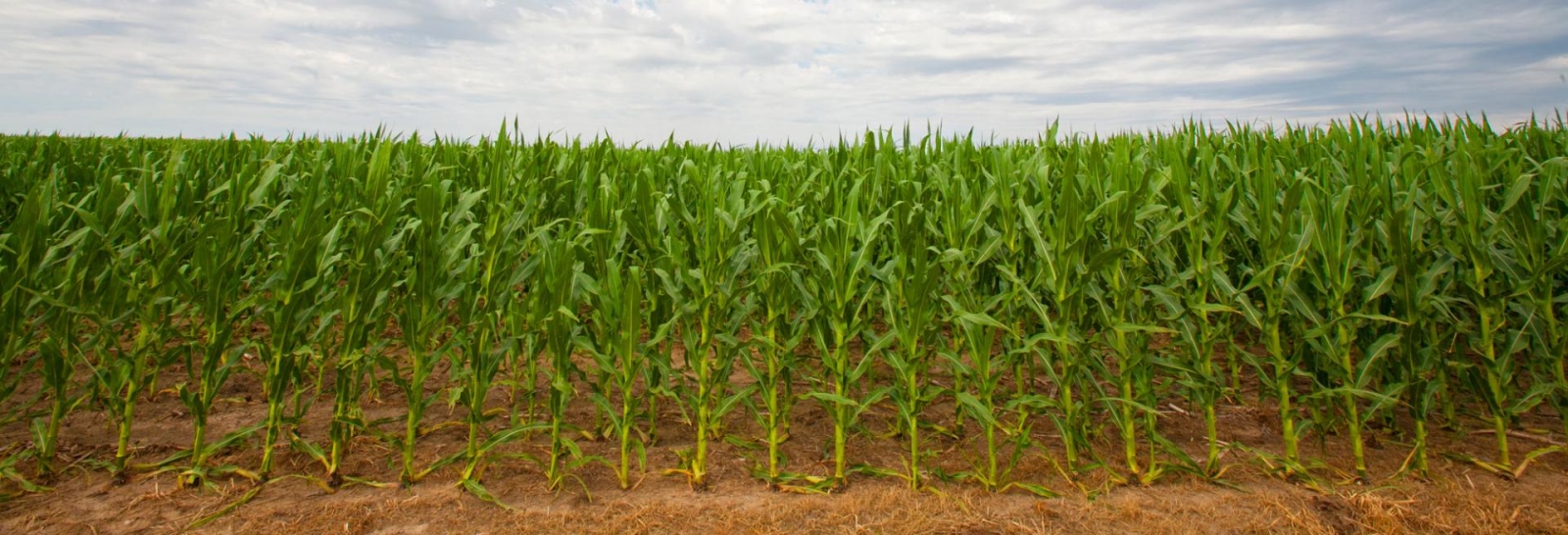TJ Prochaska
Extension Educator in Colfax, Butler and Polk Counties
Attendees of the Colfax and Polk County Fairs had a real treat this last week. They were lucky to miss the extreme heat, and both fairs moved forward with their agricultural showcase with no weather-related issues. Moving into this weekend, heat will again become a topic of concern, especially those with livestock on their operations.
Disease — Some quick notes to pass along from a plant pathology standpoint. Tar spot has been confirmed in area corn fields across Colfax, Dodge and Platte counties. Additionally, samples of southern rust have been confirmed across Butler, Colfax and Polk counties as noted by our extension plant pathologist.
Insects — From the entomology standpoint, some calls about Dectes stem borer and soybean gall midge continue to come in. Information regarding Dectes stem borer was included in the July 12 CropWatch issue by Dr. Justin McMechan. Scouting for dectes in the month of August can help prioritize fields for early harvest later in the year. For soybean gall midge, some parts of the state are currently seeing heavy pressure. Now is the perfect time to scout for gall midge and other agricultural related issues.
Ron Seymour
Extension Educator in Adams, Kearney, Franklin and Webster Counties
Field corn was either in the middle or just completed pollination (Figure 1). The cool temperatures of the week of July 15 will help the earlier pollinating crop, whereas the high temperatures of the week of July 22 may reduce kernel set. A few western bean cutworm eggs (Figure 2) were noticed in a few fields, but infestation levels appeared to be low. Bacterial leaf streak was found in several fields in both Adams and Franklin Counties. The degree of infection varied significantly from field to field.
Soybean fields were either in the pod set or early pod fill stage. Japanese beetles (Figure 3) were abundant on the edges of fields in Adams County but not noticeable in Franklin County.
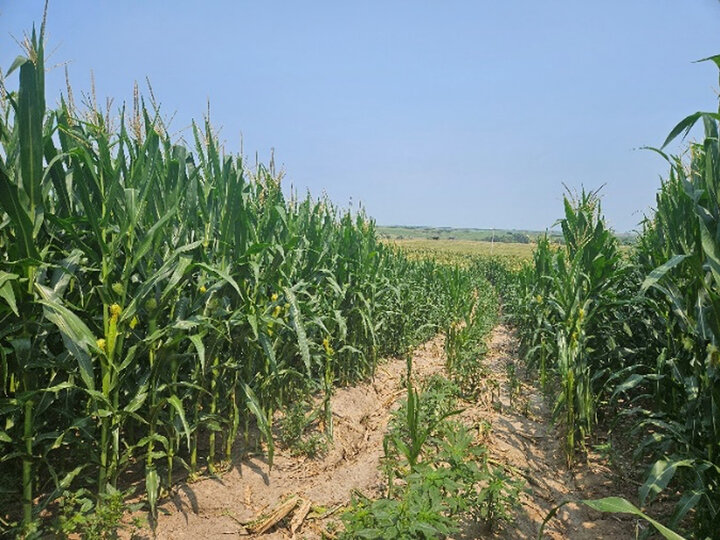
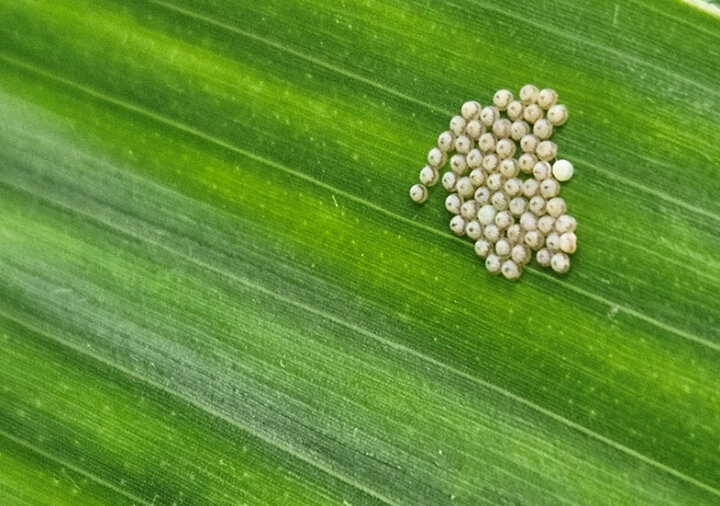
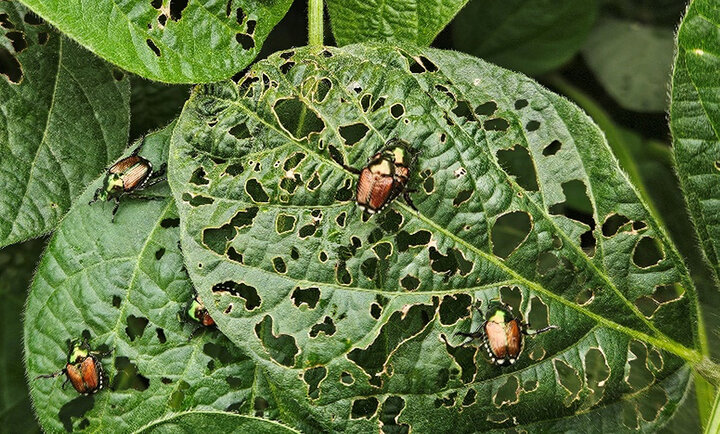
Amy Timmerman
Extension Educator in Holt, Boyd, Brown, Rock, Keya Paha and Cherry Counties
Precipitation was spotty in the region with portions of southwest Holt and southeast Rock Counties receiving one to three inches Sunday night.
Corn: Fields are in the V10-VT stage and areas that have avoided severe weather are in excellent condition. Bacterial leaf streak has been found in several fields. On the lookout for southern rust and tar spot, which has not been confirmed in the area to date.
Soybean: The fields are R1-R2 stage and the early planted beans are in excellent condition. Late planted beans are in fair condition and are short in stature. Many growers are on the lookout for white mold due to increased pivot activity, high humidity and large canopy beans. Currently, there haven’t been any report of white mold. Still have field recovering from herbicide drift issues from adjacent pasture and corn applications.
Alfalfa: Field are in good to excellent conditions with third cutting approximately two weeks out. Fields that had late alfalfa weevil damage are slowly recovering. Grasshoppers are noticed throughout the field and field borders.
Pasture/Meadows: Overall, meadow hay production yields are excellent and higher than expected in areas. Pastures remain in good to excellent condition. The heat the upcoming week will put stress on some pastures.
